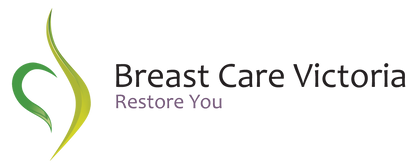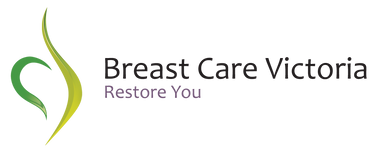Bra Measuring Tips and Post-Surgery Bra Guide
Choosing the right post-surgery bra can make all the difference in your recovery and day-to-day comfort. Names like post-op, surgical, recovery, and compression bra are often used interchangeably, which can be confusing—especially when you’re healing and just want something that feels right. That’s why we break it down simply, based on what your body needs at different stages of recovery.
Understanding Our Bra Categories
Comfort Bras:
These offer gentle support with lower compression, making them ideal for smaller busts or less invasive procedures—like lumpectomies or implant removals and everyday wear. If your main concern is breast stability (rather than tight support), these are a great choice for all-day ease during healing.
Recovery Bras:
With moderate compression, recovery bras are designed for procedures that require more support like extensive lumpectomies, or breast lifts. They strike a balance between comfort and structure, helping you feel secure as your body heals.
Compression Bras:
These provide high compression—perfect for immediate post-surgery needs such as after reductions, reconstructions, or augmentations. They help reduce swelling and minimize tension around incisions when you're moving around. A must-have for more intensive recovery needs.
Bra Measuring Tips
Getting the right fit is just as important as choosing the right style. Here’s how to measure accurately at home:
- Tools: Use a soft fabric tape. No tape? Use a non-stretch fabric (like a belt), mark the length, then measure with a metal ruler. Avoid string—it digs in and skews the measurement.
- Get help if you can: It’s easier and more accurate with a second pair of hands. If you’re measuring solo, use a mirror to check that the tape is level all the way around.
- Posture matters: Stand upright, relax your body, breathe out, and then measure. Wrap the tape snugly, but not tightly.
- Bust measurement: Measure around the fullest part of your bust while wearing a non-padded bra.
- Under bust: Measure directly under your bust, against bare skin
Special notes:
- After a unilateral mastectomy: Measure the remaining natural breast in a soft bra, then double the bust measurement.
- After a bilateral mastectomy: Use your under bust measurement, then refer to our sizing chart to select the cup size that feels right for you.


All About Compression Fit
When it comes to post-op bras, how it feels on your body matters more than how it looks on the model. We make it easy to compare fit across different brands by offering consistent shape and support info on each product page.
What to Expect from Our Compression Bras
- Length: Longer body for a secure fit, with a wider under bust band that rests comfortably beneath the breast.
- Cup Shape: Seamless and elastic, cups mold gently to your shape, offering firm support and reducing pressure on incision sites.
- Cleavage Coverage: Medium coverage helps stabilize implants and limits bounce—great for sensitive healing.
- Underarm Support: Higher underarm bands help cover and protect surgical areas, while offering space for lymphoedema compression pads if needed.
- Back Band: Extra wide for all-around support and even weight distribution—key for long wear.
- Straps: Adjustable and wide for added comfort and reduced shoulder pressure.
What to remember when finding your perfect bra size
- If you wear a prosthesis, it is important that the bra supports your natural breast. Do not judge the fitting of a bra by how well your prosthesis fits, as this may differ from your natural breast—especially if you've experienced weight changes.
- The band of your bra should fit snugly around the narrowest part of your back, and be the same height all the way around.
- The bra should be close to your body at the front and sit evenly in the middle.
- Your breasts should fill the cup without wrinkling or puckering of the fabric.
- Your breasts should not bulge over the top or sides of the cups.
- You should be able to fit two fingers comfortably under the band.
- Always start on the loosest hook. This allows you to tighten it as the bra stretches over time, giving it a longer life.
- If you wear a prosthesis, check that it sits in a good position and is completely covered by the cup.



